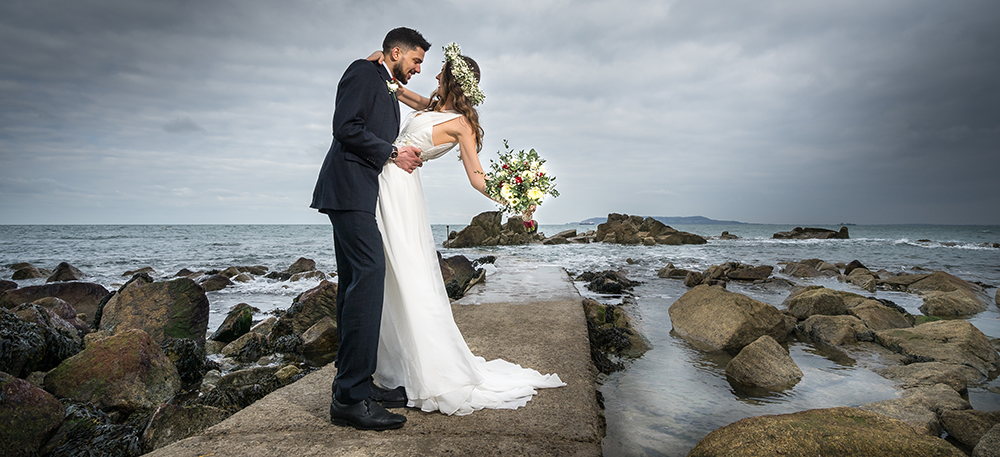The Perfect Wedding Dress: Silk vs. Tulle and Other Fabrics22 May 2024 | Admin
Choosing the perfect wedding dress is a journey that combines your style, comfort, and the overall aesthetic you envision for your special day. Selecting the right material is one of the most crucial aspects of this decision. Two of the most popular options are silk and tulle, each offering unique qualities. Let's delve into the details of these fabrics and explore some other popular choices. The Elegance of SilkSilk is synonymous with luxury and elegance. This natural fibre is celebrated for its smooth, lustrous texture and the way it gracefully drapes over the body. Brides often choose silk for its classic and timeless appeal. Beyond its aesthetic qualities, silk is also highly breathable, making it a comfortable choice for weddings in various climates. Its versatility is another advantage, as silk can be woven into various fabrics, such as satin, charmeuse, and organza, each offering different weights and textures to suit diverse wedding dress styles. However, the luxurious feel of silk comes with a higher price tag. Silk dresses can be significantly more expensive than those made from synthetic fabrics. Additionally, silk is delicate and may require special care, including dry cleaning, to maintain its beauty. Despite these considerations, many brides find the investment in a silk gown worthwhile for its unparalleled elegance. The Dreaminess of TulleTulle is another beloved fabric known for creating a dreamy, ethereal effect. It is lightweight and sheer, making it ideal for voluminous skirts and veils that add a touch of fairytale magic to a wedding ensemble. Tulle's versatility in design allows for various creative possibilities, from layered ball gowns to delicate overlays on more structured dresses. This fabric is also generally more cost-effective than silk, making it a popular choice for brides on a budget. While tulle offers many benefits, it is a delicate fabric that is prone to tearing and snagging and requires careful handling. Due to its scratchy texture, some brides may find tulle less comfortable than softer fabrics like silk. However, its ability to add volume without significant weight makes it a favourite for creating dramatic, romantic silhouettes. Exploring Other Popular Wedding Dress MaterialsBeyond silk and tulle, several other fabrics are frequently used in wedding dress design, each bringing its unique qualities to the table. Lace is often chosen for its intricate patterns and romantic feel, adding elegance and sophistication to any gown. Whether made from silk or synthetic fibers, satin provides a smooth, glossy finish and a heavier drape, making it suitable for structured dresses with a regal charm. Chiffon is a lightweight, flowing fabric that is soft, and sheer fabric, perfect for creating a soft, romantic silhouette. On the other hand, organza is a stiffer, sheer fabric that provides structure and volume without weight, similar to tulle but with a smoother texture. Making the Right Choice for Your Wedding DressWhen deciding on the best material for your wedding dress, consider factors such as the season and venue, your budget, and the overall look you want to achieve. For a classic, elegant look, silk is an excellent choice, offering luxurious draping and comfort. If you envision a fairytale romance, tulle can provide the light, airy feel you desire. Budget-conscious brides might explore blends or synthetic versions of silk and satin to achieve a luxurious look without the higher cost. Trying on dresses in various fabrics can help you see how they look and feel, ultimately guiding you to the perfect choice for your big day. FAQsWhat makes silk a good choice for wedding dresses?Silk offers a luxurious look and feel with a smooth texture and elegant drape. It is breathable and comfortable, suitable for different climates. Its versatility allows for various fabric types, making it a timeless choice. Why do brides choose tulle for their wedding dresses?Tulle is lightweight and sheer, creating a dreamy, ethereal effect. It is ideal for voluminous skirts and veils, adding a touch of fairytale magic. Tulle is also cost-effective, making it a popular choice for budget-conscious brides. Are there any downsides to choosing silk or tulle?Silk can be expensive and requires special care, including dry cleaning. Tulle, while more affordable, is delicate and prone to tearing. It can also feel scratchy compared to softer fabrics. What other materials are popular for wedding dresses?Lace, satin, chiffon, and organza are other popular materials. Lace adds romantic elegance, satin provides a smooth, glossy finish, chiffon offers a lightweight, flowing silhouette, and organza gives structure and volume with a smoother texture. How can I decide which material is best for my wedding dress?Consider your wedding's season, venue, budget, and the overall look you want to achieve. Trying on dresses in various fabrics can help you determine which material suits your style and comfort preferences best. |
|



